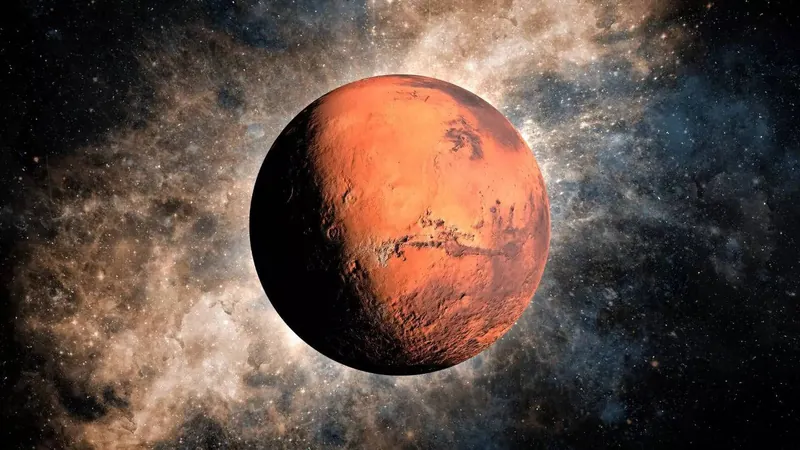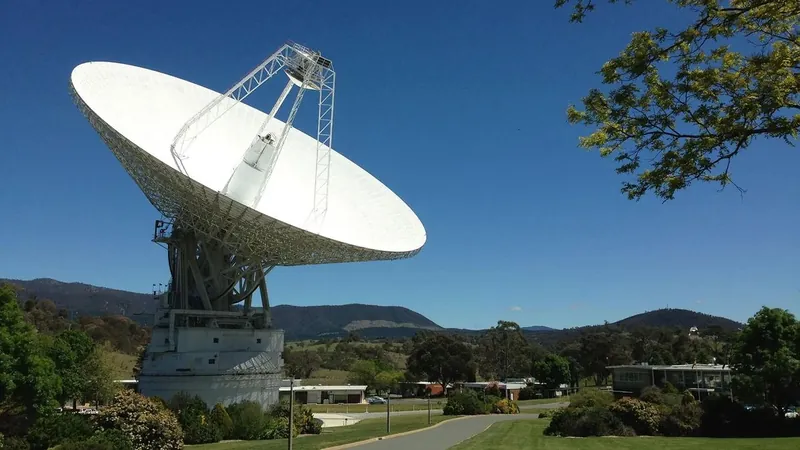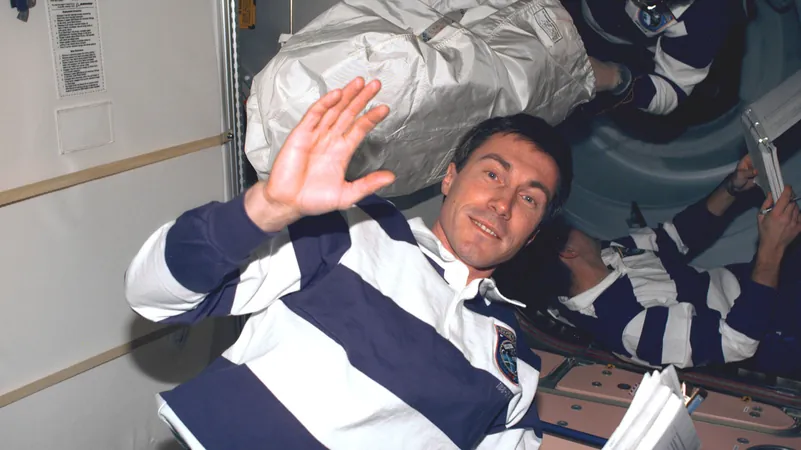
The Top 5 Hazards Threatening the Human Journey to Mars, According to NASA
2025-03-29
Author: Jia
The Top 5 Hazards Threatening the Human Journey to Mars, According to NASA
Mars has long held a place in the human imagination, symbolizing the next great frontier for exploration. The prospect of astronauts setting foot on the Red Planet is thrilling yet daunting. NASA's recent assessment highlights five major risks that astronauts may encounter during a mission to Mars, emphasizing that while ambition fuels these endeavors, careful planning and strategy are paramount.
1. Cosmic Radiation: The Silent Killer
One of the gravest threats facing astronauts on their way to Mars is cosmic radiation. Unlike Earth, which has a protective atmosphere, space exposes astronauts to harmful cosmic rays and solar radiation. These invisible culprits can severely damage bodily tissues and increase the likelihood of developing conditions such as cancer. NASA is actively researching protective technologies and strategies to mitigate radiation exposure, but securing a comprehensive solution remains a formidable challenge for future missions.
2. Psychological Strain: Coping with Isolation
The psychological hurdles of a Mars mission are just as daunting as the physical ones. With an average distance of 140 million miles separating Earth and Mars, astronauts will grapple with extreme isolation. Communication delays of up to 20 minutes one way mean they won't have real-time access to loved ones. This prolonged separation can manifest in feelings of loneliness and heightened stress levels. NASA is committed to maintaining the mental well-being of astronauts through robust support systems and stress management practices, all while fostering a tight-knit community aboard the spacecraft.
3. Self-Sufficiency: The Distance Dilemma
Unlike missions to the International Space Station, where assistance and supplies can be sent from Earth within hours, Mars missions will entail months of self-reliance. Astronauts must prepare to tackle medical emergencies and equipment malfunctions entirely on their own. The isolation means they must possess a diverse skill set and resourcefulness, reinforcing the need for extensive training and preparation to ensure their self-sufficiency in remote space.
4. Gravity Changes: Adapting to New Environments
Astronauts traveling to Mars will experience fluctuating gravity: weightlessness in space, one-third of Earth’s gravity on Mars, and then full gravity upon return. This may lead to muscle atrophy, decreased bone density, and balance issues. To combat these effects, NASA is dedicated to developing specialized training programs and exercise regimens, enabling astronauts to adjust physiologically to the different gravitational conditions they will encounter during their journey.
5. Closed Ecosystem: Managing Limited Resources
Living in a confined space for extended periods means a crucial reliance on a closed ecosystem for food, water, and oxygen. The limited space poses risks, including potential contamination and the spread of bacteria. NASA is focused on designing sustainable habitats that allow for effective resource recycling while ensuring the astronauts’ health and safety in this closed-loop system.
As we stand on the brink of potentially sending humans to Mars, NASA’s vigilant examination of these challenges reinforces a critical truth: the dream of exploring new worlds requires not only courage but also meticulous preparation. The journey to Mars may still be in the planning stages, but the ambition to unlock the secrets of our neighboring planet is more alive than ever. Are we ready for the adventure of a lifetime? Only time will tell!




 Brasil (PT)
Brasil (PT)
 Canada (EN)
Canada (EN)
 Chile (ES)
Chile (ES)
 Česko (CS)
Česko (CS)
 대한민국 (KO)
대한민국 (KO)
 España (ES)
España (ES)
 France (FR)
France (FR)
 Hong Kong (EN)
Hong Kong (EN)
 Italia (IT)
Italia (IT)
 日本 (JA)
日本 (JA)
 Magyarország (HU)
Magyarország (HU)
 Norge (NO)
Norge (NO)
 Polska (PL)
Polska (PL)
 Schweiz (DE)
Schweiz (DE)
 Singapore (EN)
Singapore (EN)
 Sverige (SV)
Sverige (SV)
 Suomi (FI)
Suomi (FI)
 Türkiye (TR)
Türkiye (TR)
 الإمارات العربية المتحدة (AR)
الإمارات العربية المتحدة (AR)